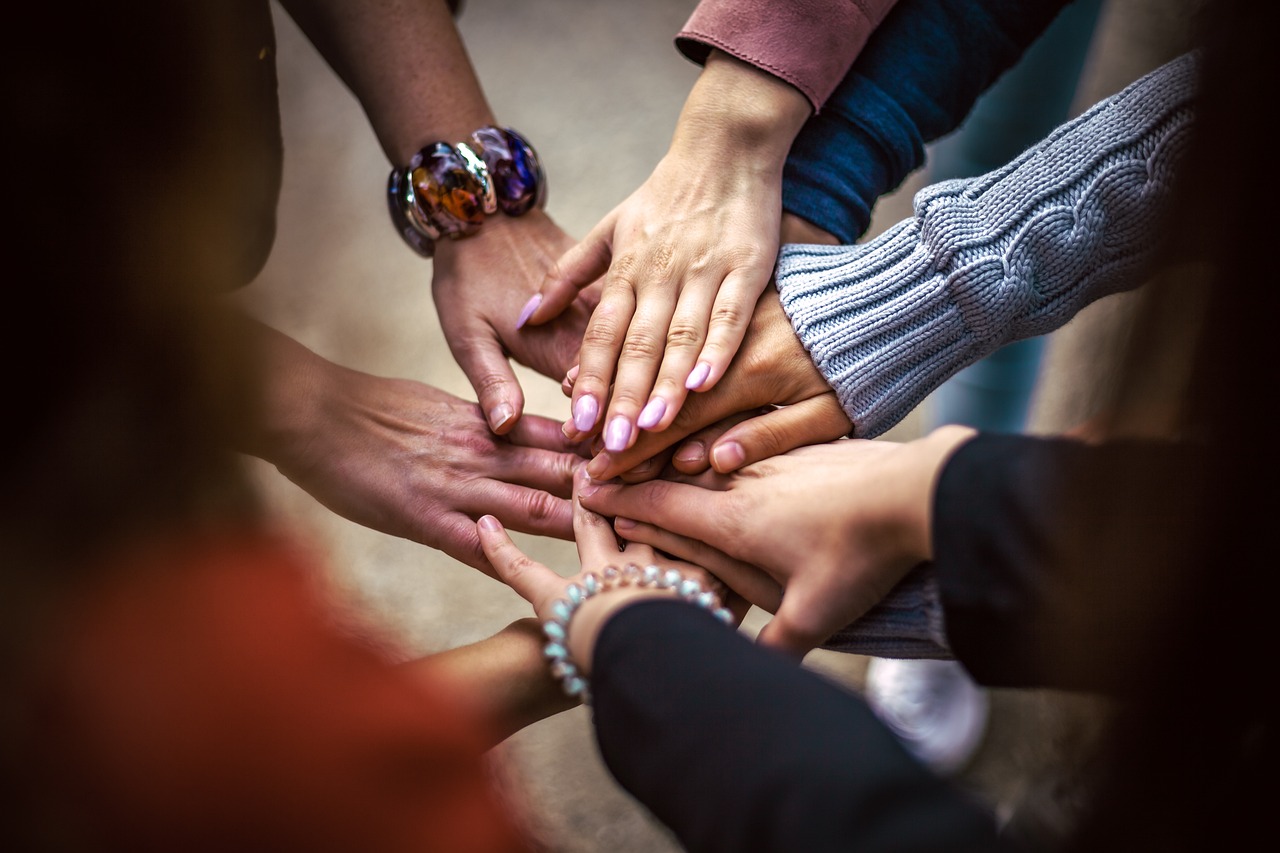A relationship is a connection or association between two or more individuals. These individuals can be romantic partners, friends, family members, or even business associates. The nature of the relationship can vary greatly, as can the level of intimacy and commitment involved.
In romantic relationships, individuals may choose to engage in a number of activities together, such as going on dates, sharing meals, or traveling. They may also engage in physical and emotional intimacy, such as holding hands, kissing, or cuddling. These interactions can help to strengthen the bond between partners and promote feelings of closeness and trust.
However, romantic relationships can also be challenging, and individuals may encounter conflicts or disagreements. These conflicts may be related to communication, finances, or other areas of the relationship. In order to navigate these challenges, partners must engage in effective communication and problem-solving skills. It is important for partners to learn how to express their needs and feelings and to listen to one another in an empathetic and non-judgmental way. They can also utilize various tools and resources, such as relationship counseling or mediation, to help resolve conflicts and improve the relationship.
In friendship, the bond is built on a foundation of shared interests, values, and experiences. Friendships can provide individuals with a sense of belonging and support and can have a positive impact on mental health and well-being. However, friendship can also be tested when individuals encounter challenges or changes in their lives. Friends may drift apart due to distance, changes in life circumstances, or differing opinions. In order to maintain friendships, individuals must be willing to make an effort to stay in touch and make time for one another. They must also be open to communication and willing to work through conflicts and misunderstandings.
Family relationships, on the other hand, are often characterized by a strong sense of connection and shared history. Family members may share a home or live in close proximity to one another, and they may have frequent interactions and engagement in shared activities. These relationships can be incredibly rewarding, but they can also be challenging at times. Family members may disagree on a wide range of topics, from parenting and financial decisions to personal beliefs and values. It is important for family members to learn how to express themselves in a healthy and non-judgmental way, to listen to one another, and to work through conflicts as a team.
Business relationships are also important for individuals and organizations. These relationships can include partnerships, collaborations, and other forms of professional association. Business relationships are built on trust, mutual benefit, and effective communication. They can provide individuals and organizations with access to valuable resources, such as funding, expertise, and networking opportunities. However, these relationships can also be challenging, and individuals and organizations must be prepared to navigate disagreements and conflicts, as well as to negotiate and manage the terms of the relationship.
In conclusion, relationships come in many different forms and can be incredibly rewarding, but they can also be challenging. It is important for individuals to be willing to put in the effort to maintain relationships, to engage in effective communication, and to be open to problem-solving and compromise. With the right tools and mindset, individuals can navigate the challenges of relationships and build strong and meaningful connections with others.


